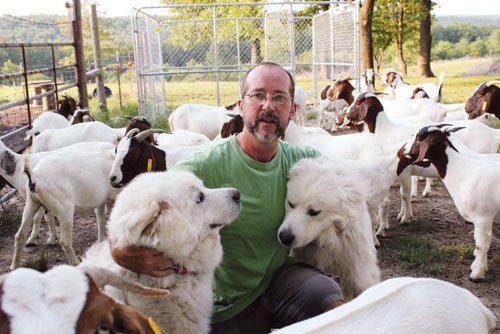Preserve Produce
You may ask why is it important to preserve produce.
Well, there are two reasons why food spoils:
1. Bacteria and molds
2. Enzymes
The skill of "putting food up" as in canning and additional preserving methods known by our grandparents consists of slowing along both types of spoilage and still preserve nutritional worth and producing a product with high-quality taste.
 |
FoodSaver V4440 2-in-1 Automatic Vacuum Sealing System with Bonus Built-in Retractable Handheld Sealer & Starter Kit, Black FinishFoodSaver4.5 out of 5 stars 958 customer reviews Options$99.01 Amazon Prime TM& FREE Shipping Details |
There is no one method that fully achieves preservation. But each method adds something of its own in nutritional value, in taste, in ease, in economy.
Live Storage whichever above ground or below ground preserve produce with the least amount of change in taste, color, and vitamin content.
But, such storage requires particular temperature ranges: winters have to be cold enough to slow down food decline, but food must not be acceptable to freeze.
Plus, only certain fruits and vegetables can be stored by this approach, particularly apples, pears, and root crops.
Canning involves heating to high temperatures, resulting in loss of vitamins and changes in taste. Water soluble vitamins may be retained by conserving the cooking liquid, but some others are destroyed.
If you can in jars, make sure you store it in a dark place to prevent loss of riboflavin by sunlight. A cool area below 65 Fahrenheit degree also helps retain nutrients. At 80 degrees Fahrenheit vitamin C will be reduced by 25 percent, vitamin A by 10 percent, and thiamine by 20 percent after one year.
Freezing has become one of the most popular methods to preserve produce and has a minimum result on flavor and food values if the food is properly prepared and carefully packaged. Just vitamin E and pyridoxine (B6) are damaged by the freezing process.
For unsurpassed results, frozen foods must be stored at 0 degrees Fahrenheit or below. Vitamin C is clearly oxidized and a great deal can be lost if food is kept at 15 degrees Fahrenheit for six months. The length of storage time affects nutrients as well. Even at 0 degrees Fahrenheit, most of the vitamin C can be lost if produce is stored for more then a year.
Salt curing will alter the taste of the food (though in the case of pickling and fermenting, the results are delicious). If salt curing is done in a highly-flavored salt solution, nutritional value is greatly reduced because the food must be thoroughly washed before it can be eaten. This process will rinse away vitamins and minerals.
A weaker salt solution will preserve produce and permit more nutrients, but there will be a higher possibility of spoilage. Salt curing isn’t reliable for truly long term storage. Pickles, sauerkraut, and relished must be canned if they are to be stored for more than a few weeks after the three to five week salt curing process is completed.
Jellying will change the taste of the food because of the large amounts of sugar, honey, or other sweetener that is needed in order to form a gel. Plus, some vitamins are lost during the heat processing required to sterilize fruit and make an airtight seal.
Drying retains a high percentage of the majority of vitamins. But if dried foods are stored for long periods, considerable destruction of vitamins A, C, and E can result because of oxidation, particularly if food has not been properly blanched.
In addition, vitamins A and E and some B-complex vitamins are broken down by light. Considerable food value may be lost by drying outdoors in direct sunlight.
Return from Preserve Produce to Country Cooking Reciipes







